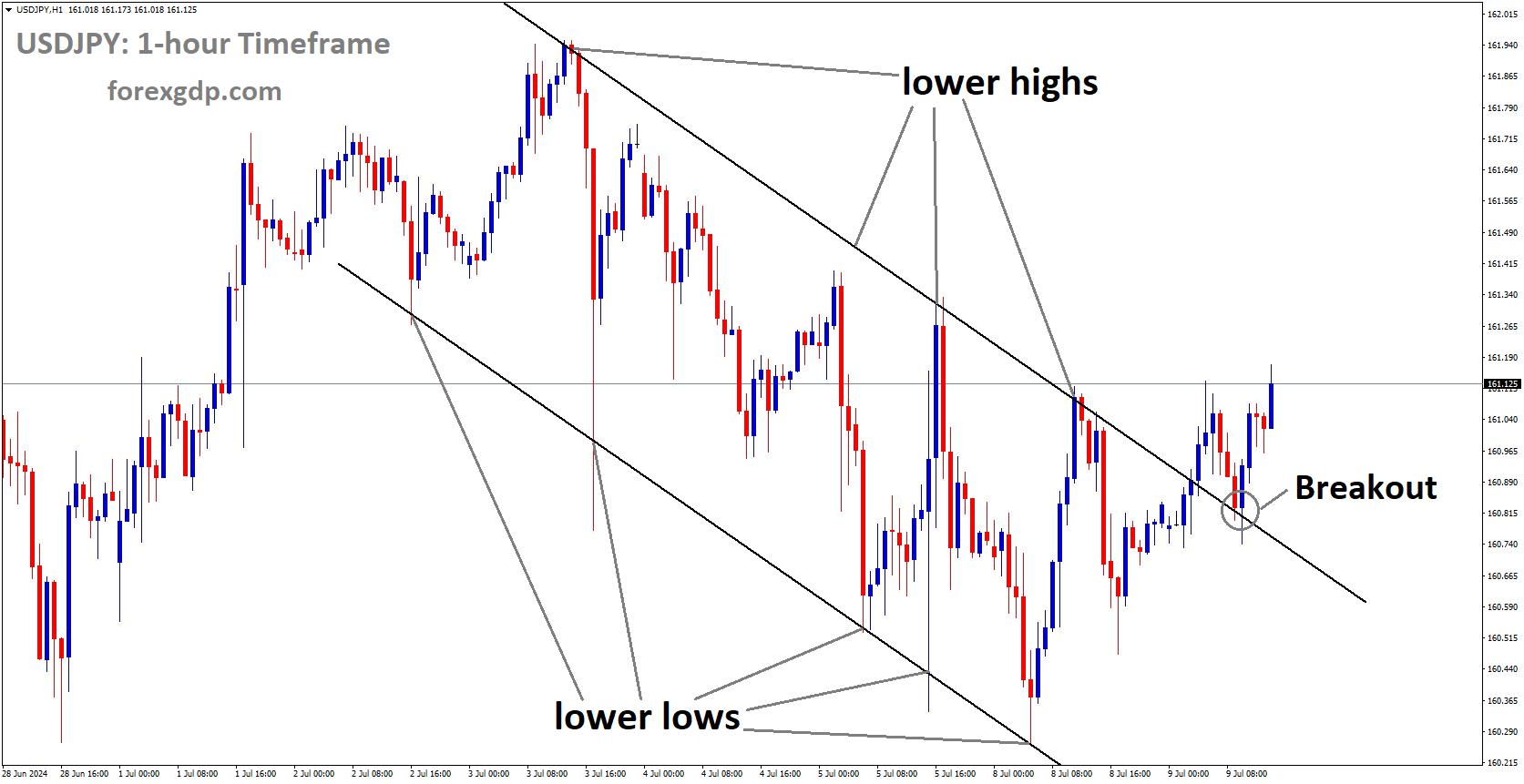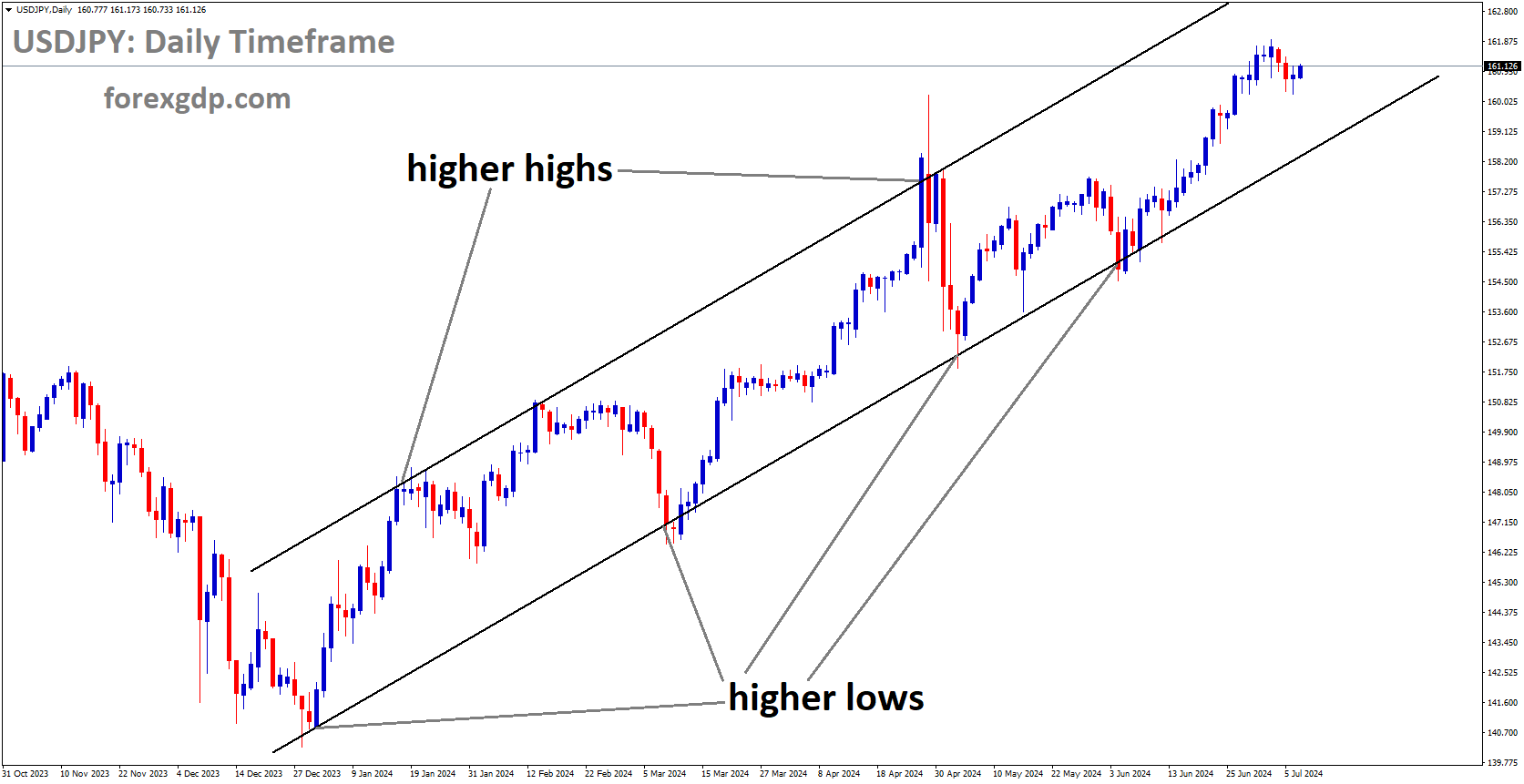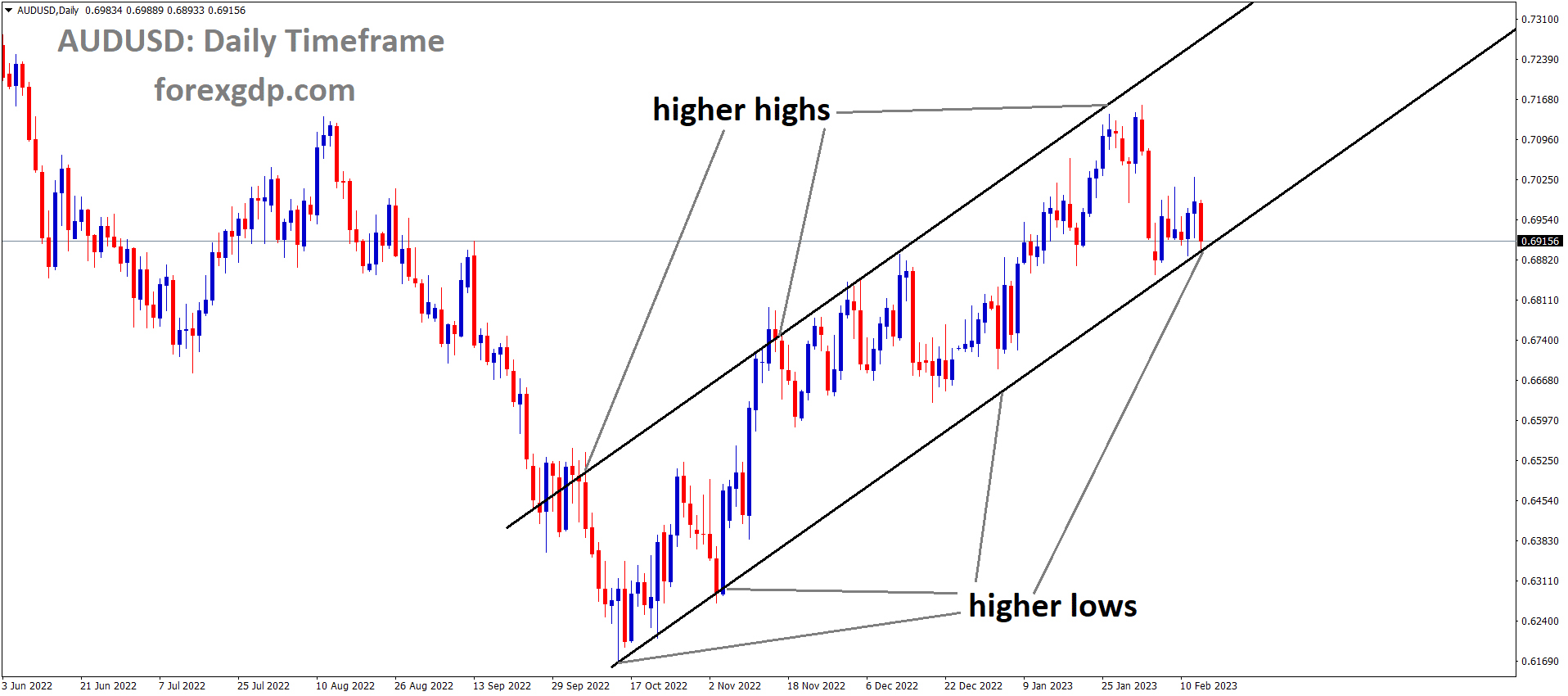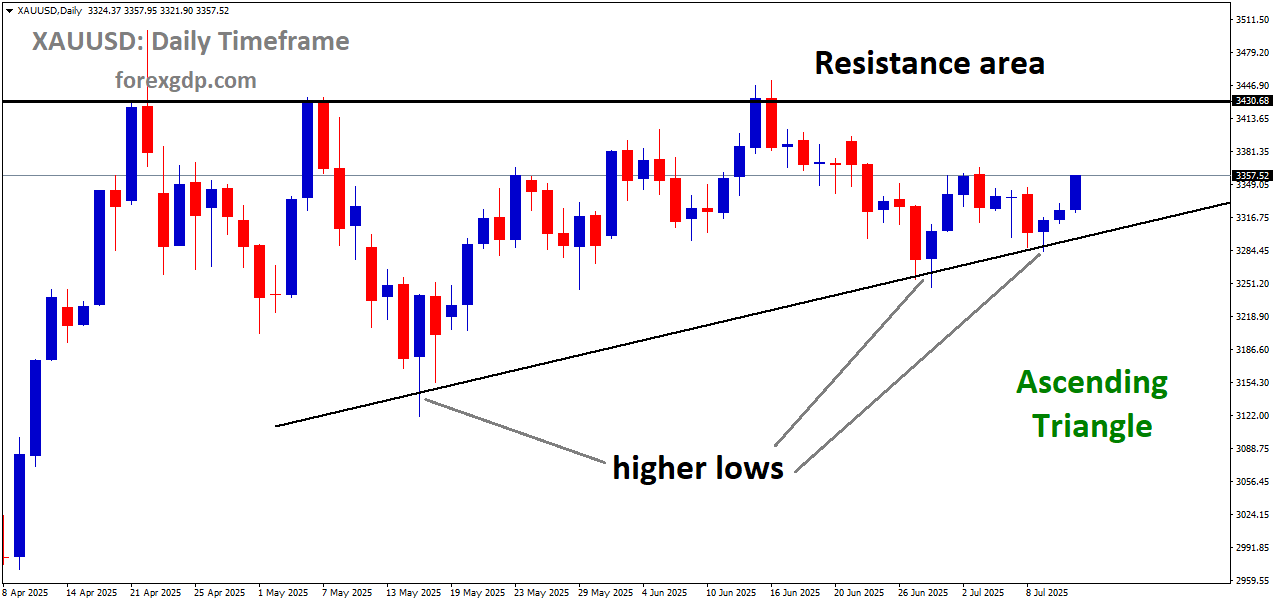USDJPY has broken Descending channel in upside
Japanese Yen Moves Sideways: What’s Going On?
The Japanese Yen (JPY) has been hovering around 160.00 against the US Dollar (USD). If you’re wondering why this is happening, you’re not alone. The financial world has its eyes on the Bank of Japan (BoJ) as it navigates some major changes. Let’s break down what’s going on in a way that’s easy to understand.
Bank of Japan’s Consultation Rounds
What’s Happening with the BoJ?
The BoJ is currently in consultation rounds with several bond market participants. This is significant because it signals a potential shift in Japan’s monetary policy. For over a decade, the BoJ has been buying bonds to keep interest rates low and stimulate the economy. Now, they’re looking to reduce or end this program.
Why is this important?
Well, reducing bond purchases can lead to higher interest rates, which might strengthen the Yen. But, it’s not just about the Yen; it’s about the overall health of the Japanese economy. The BoJ’s decisions impact everything from inflation to employment.
Energy Concerns in Japan
Adding to the economic complexity is a heat wave squeezing Japan’s energy grid. Tokyo regulators are closely monitoring the situation, with industry minister Ken Saito providing updates. This heat wave is pushing the energy infrastructure to its limits, which can have ripple effects on the economy.
US Dollar Index and Global Reactions
French Elections and the US Dollar
The US Dollar Index (DXY), which measures the USD against a basket of six major currencies, has been hovering around 105.00. Recently, it took a minor hit following the outcome of the second round of French elections. While there was initial market relief, this euphoria is fading fast. Now, all eyes are on the US Federal Reserve (Fed).
What’s the Fed up to?
Fed Chairman Jerome Powell is set to testify about the semiannual Monetary Policy Report to the US Congress. While no major surprises are expected, any hints about future interest rate cuts could impact the markets significantly.
Global Market Movements
Japanese equities had a good day, with both the Topix and the Nikkei indices soaring nearly 1%. Meanwhile, European equities are struggling, and US futures are in the green. This global dance of the markets reflects the interconnected nature of today’s financial systems.
USDJPY is moving in Ascending channel and market has rebounded from the higher low area of the channel
Market Speculations and Bets
BoJ’s Bond Reduction Plans
Following the BoJ’s consultation rounds, several major banks have commented on potential bond reduction plans. Estimates range from 1 to 3 trillion Yen in cuts, according to Bloomberg. The BoJ survey reveals a wide range of options, from no changes to significant reductions.
Fed’s Interest Rate Speculations
The CME Fedwatch Tool indicates a strong belief in a rate cut in September, with a 73.6% chance of a 25-basis-point cut. There’s also a small chance (3.5%) of a more significant 50-basis-point cut. Meanwhile, the Overnight Indexed Swap curve for Japan shows a 60.1% chance of a rate hike on July 31 and a 35.2% chance for another hike in September.
Why should you care?
Interest rate changes can affect everything from your mortgage rates to the value of your investments. For forex traders, these changes can create opportunities (or risks) depending on how they position themselves in the market.
Energy and Equities: Japan’s Current Landscape
Impact of Energy Constraints
The current heat wave in Japan isn’t just a weather issue; it’s an economic one. Energy constraints can lead to higher costs for businesses and consumers, impacting everything from manufacturing to daily living expenses. This situation puts additional pressure on the BoJ as they navigate their monetary policy decisions.
Equity Market Movements
Japanese equities are showing resilience, with significant gains in both the Topix and the Nikkei indices. This contrasts with European equities, which are currently struggling. These movements highlight the unique economic conditions and investor sentiments in different regions.
Final Thoughts
The Japanese Yen’s current behavior is a fascinating mix of domestic policy shifts and global market reactions. The BoJ’s potential changes to its bond-buying program, combined with energy challenges and global market dynamics, create a complex financial landscape.
For traders and investors, understanding these nuances is key to navigating the markets effectively. Whether you’re keeping an eye on the BoJ’s next move or the Fed’s interest rate decisions, staying informed is your best strategy.
Don’t trade all the time, trade forex only at the confirmed trade setups
Get more confirmed trade signals at premium or supreme – Click here to get more signals , 2200%, 800% growth in Real Live USD trading account of our users – click here to see , or If you want to get FREE Trial signals, You can Join FREE Signals Now!








